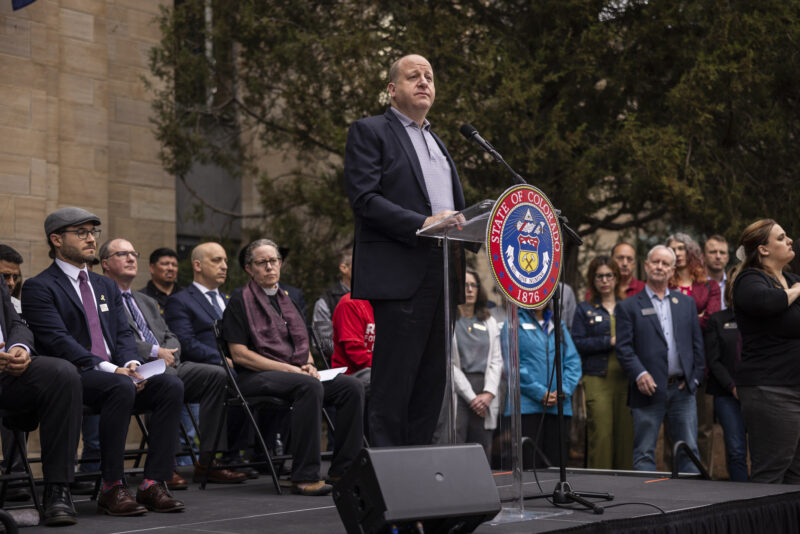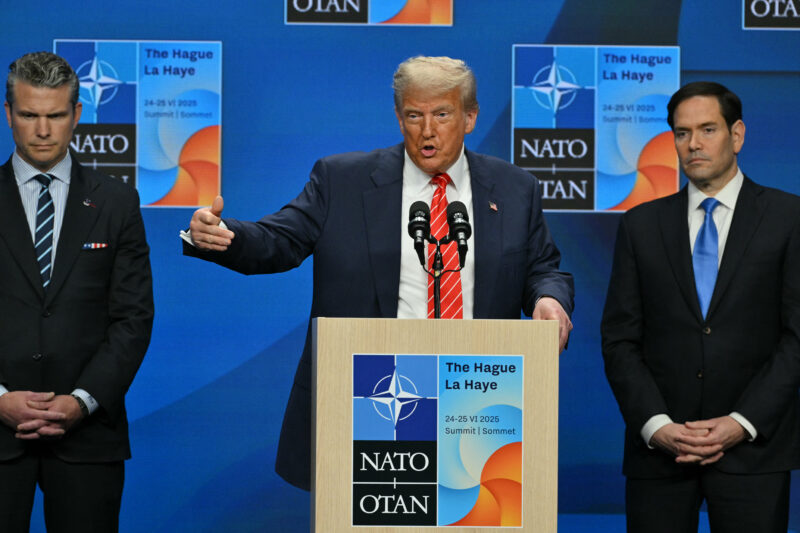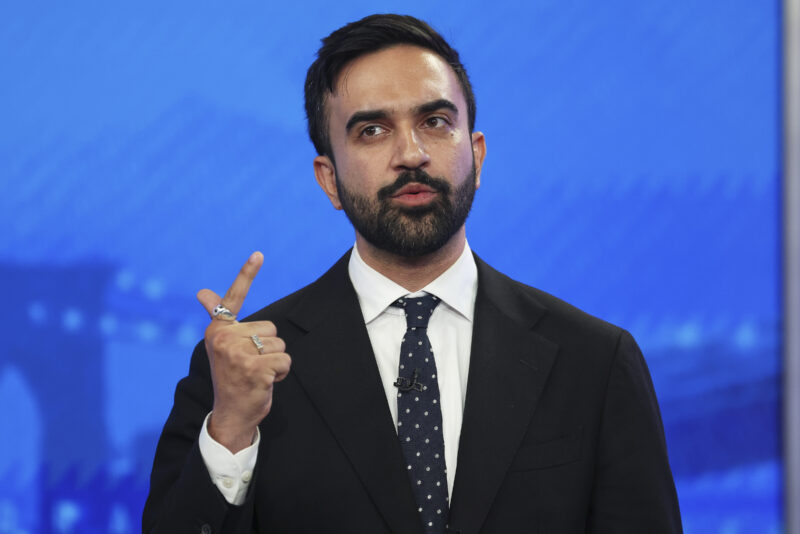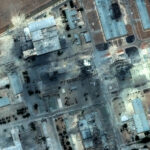Scenes from a massacre
Forty-three minutes of footage compiled from cell phones, CCTV, dashboard cameras and GoPros was shown to international press covering the Israel-Hamas war

Alexi J. Rosenfeld/Getty Images
Family belongings including teddy bears, and the Judaica shelf are destroyed in a home after Hamas militants attacked this kibbutz near the Gaza border on October 13, 2023.
It was a father’s final act of love. On a kibbutz in Israel’s south on the morning of Oct. 7, the man scooped up one son and prodded the other out of their home, across their patio and into a detached bomb shelter. The three, clad only in underwear at the early hour, had just been roused from bed by the sounds of Hamas terrorists rampaging through their community. On grainy camera footage, Hamas terrorists are seen storming the home. One throws a grenade into the shelter; seconds later, an explosion. The father was killed, his body taking the brunt of the blast and in turn, saving his young sons.
The boys, now streaked with blood, run back inside. Another video shows them inside their kitchen with a Hamas terrorist. The man, clad in the green shirt and pants ubiquitous to the terror group, opens the fridge and takes a swig of soda as the boys cry.
“Dad’s dead, it wasn’t a prank,” one says to the other. Then one says: “I think we’re going to die.” He cries. “Why am I alive?”
“Abba” — Hebrew for dad — one of the boys wails. And then, in English, “I want my mom.”
The younger brother signals to the older brother that he is injured: “I can only see out of one eye.” In a moment of tenderness, his older brother comforts him.
In the next clip, the boys, unguarded for a moment, use the opportunity to slip out the door. They are not seen again. Their mother arrives with kibbutz security. Seeing the children’s father’s body, she convulses and crumples in tears, as a guard tries to steer her away.
Those moments are just some recorded on CCTV, dashboard cameras, cell phones and the GoPros donned by Hamas terrorists as they carried out their hours-long campaign of murder across Southern Israel.
At a secure military base on the outskirts of Tel Aviv on Monday, the IDF screened 43 minutes of the carnage for foreign press. No phones or computers were allowed in the room, only notepads and pens. Some of the content — the cell phone media and dashcam video — had been uploaded to Telegram shortly after the attacks and eventually made its way to X. But much of what was shown to the assembled press corps — where outside, the warm breeze, chirping birds and sound of grass being mowed betrayed the horrors being screened inside — had not, and will not, be released to the public.
That included a clip of an Israeli man sobbing over the slumped body of his girlfriend, saying through sobs, “Chayim sheli,” a Hebrew term of affection meaning “my life,” a bullethole under the woman’s arm visible. It included the voice recording of a Hamas terrorist, who took a cell phone from the body of a dead Israeli woman and used it to call his parents in Gaza: “Dad, I killed 10 Jews with my own hands!” he proclaimed over and over in Arabic. “I killed 10! 10! Please be proud of me, Dad.” He promised to send the footage to his parents over WhatsApp.
It included video of a woman’s body — her skirt hiked up, legs splayed, underwear gone — as another woman tried to identify whether her face, mangled beyond recognition, was her relative.
It included the GoPro footage of Hamas terrorists shooting at anything that moved: dogs, car drivers, a woman under a table. It included video of a row of latrines outside the Nova music festival, each with a bullet in it. A photo taken with the door open to one latrine showed a wall and seat splattered with blood.
Most of the press gathered at the base was foreign — some of the thousands of reporters who have arrived over the last two weeks, or foreign correspondents based in Israel. For the reporters who were Israeli — in a country where most everyone directly or indirectly knew someone killed on Oct. 7, there was an added level of anxiety: that they might see the murder of a friend or acquaintance.
“It is not a movie, it is raw material,” IDF Spokesperson Daniel Hagari told the journalists in the room before the screening. The screening was necessary, he conveyed, to dispel the idea that the attacks were an isolated incident. The terrorists who carried out the Oct. 7 attack, Hagari said, were “understanding completely what they were doing, understanding completely what will happen in Gaza.”
The screening was necessary to counter disinformation, Israeli government spokesperson Eylon Levy posted on X. “We are witnessing a Holocaust denial-like phenomenon unfolding in real time.”

























































